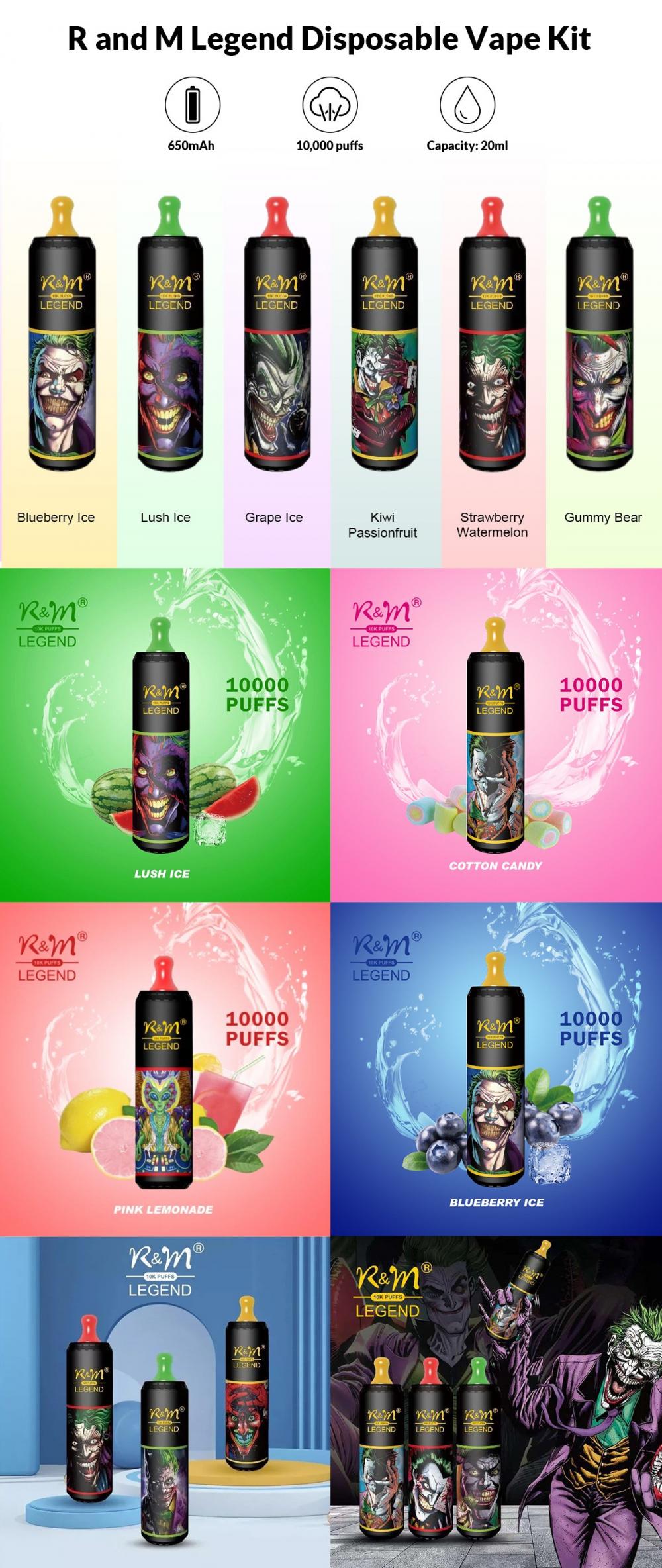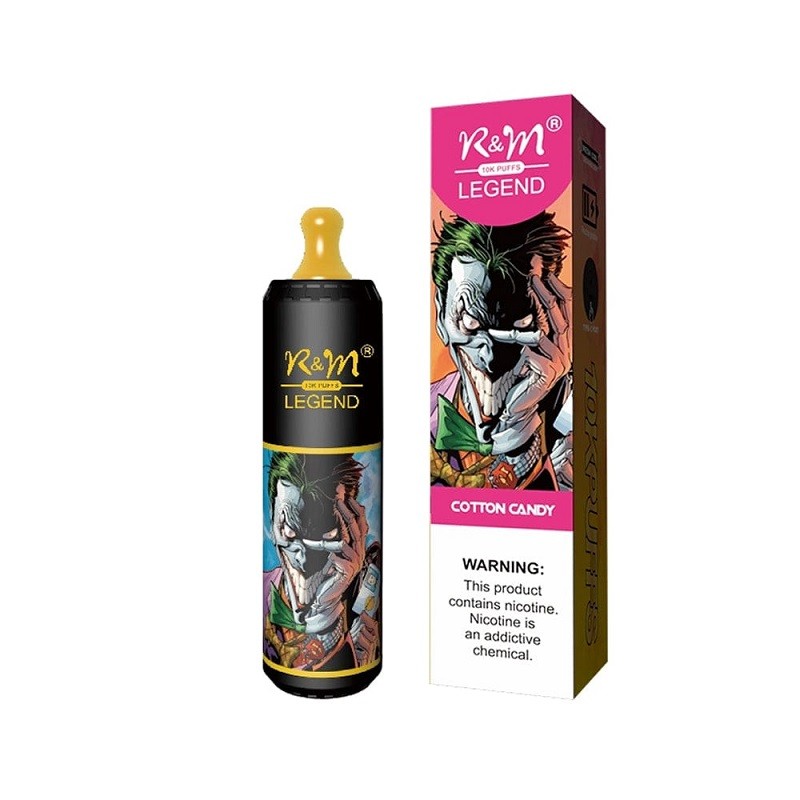**First, What is an Aluminum Substrate?**
An aluminum substrate is a type of metal-based copper-clad laminate that offers excellent heat dissipation properties. It typically consists of three layers: the circuit layer (made of copper foil), an insulating layer, and a metal base layer. For high-end applications, it can also be designed as a double-layer board, with the structure being: circuit layer, insulation layer, aluminum base, insulation layer, and another circuit layer. In rare cases, multi-layer boards are used, combining standard multi-layer PCBs with an insulating layer and an aluminum base.
**Second, How Does an Aluminum Substrate Work?**
Power devices are mounted on the circuit layer of the aluminum substrate. The heat generated by these devices is quickly conducted through the insulating layer to the metal base, which then helps dissipate the heat effectively. Compared to conventional FR-4 materials, aluminum substrates significantly reduce thermal resistance and offer superior thermal conductivity. Additionally, they outperform thick-film ceramic circuits in terms of mechanical strength.
Aluminum substrates also provide several unique advantages:
- Compliant with RoHS regulations
- More suitable for SMT (Surface Mount Technology) processes
- Efficiently manage thermal diffusion in circuit design, reducing operating temperature, extending service life, and increasing power density and reliability
- Reduce the need for heat sinks and other hardware, lowering product size and manufacturing costs
- Enable better integration of power and control circuits
- Replace fragile ceramic substrates for improved mechanical durability
**Third, Composition of an Aluminum Substrate**
1. **Circuit Layer**: Usually made of electrolytic copper foil, this layer is etched to form printed circuits for device assembly and connection. Due to its construction, aluminum substrates can carry higher currents compared to traditional FR-4 boards at the same thickness and line width.
2. **Insulation Layer**: This is the core technology of the aluminum substrate, serving as both an insulator and a heat conductor. The quality of the insulation layer directly affects the thermal performance of the device. A better-insulated layer allows for more efficient heat dissipation, helping to lower the operating temperature, increase power output, and extend the lifespan of the module.
3. **Metal Base Layer**: The choice of metal depends on factors such as thermal expansion coefficient, thermal conductivity, strength, weight, surface condition, and cost. Common choices include aluminum, which provides a good balance between performance and affordability.
**Fourth, Applications of Aluminum Substrates**
Aluminum substrates are widely used in various industries, including:
- Audio equipment: Amplifiers, preamplifiers, power amplifiers
- Power supply systems: Switching regulators, DC/AC converters
- Communication devices: High-frequency amplifiers, filters, and signal processing circuits
- Office automation: Motor drivers and control units
- Automotive electronics: Electronic regulators, igniters, and power controllers
- Computers: CPU boards, power supplies, floppy drives
- Power modules: Inverters, solid-state relays, rectifier bridges
- Lighting: LED lighting, where their thermal management capabilities make them ideal for energy-saving lamps
**Fifth, The Production Process of Aluminum Substrates**
**a) Material Cutting**
The process involves selecting and cutting large sheets of raw material into the required dimensions for production. Key considerations include checking the first piece for accuracy, avoiding aluminum or copper scraping, and ensuring no edge delamination occurs.
**b) Drilling**
Drilling is performed to create holes for component placement and electrical connections. It's important to check hole size and number, avoid scratching the board, and ensure proper alignment. Two-stage drilling is often used to improve precision.
**c) Dry/Wet Film Imaging**
This step involves applying a photoresist film, exposing it to light, and developing the image to define the circuit pattern. Care must be taken to avoid misalignment, air bubbles during exposure, and improper development times.
**d) Acidic/Alkaline Etching**
After imaging, the unwanted copper is removed using chemical etching. Proper etching ensures clean lines without over-etching or damage to the copper surface.
**e) Silk Screen Solder Mask and Characters**
A solder mask is applied to protect the circuit and prevent solder from bridging. Character printing is also done for identification. Key steps include checking for contamination, ensuring even ink application, and proper baking to avoid bubbles.
**f) V-CUT and Panel Separation**
V-CUTting is used to separate individual PCBs from a larger panel, while panel separation removes excess material. Attention is given to edge quality and avoiding damage to the board during removal.
**g) Testing and OSP Coating**
Testing includes checking for continuity and voltage resistance. OSP (Organic Solderability Preservative) is applied to enhance solderability. Proper storage and handling are crucial to maintain board quality.
**h) FQC, FQA, Packaging, and Shipping**
Final quality checks (FQC) and sampling inspections (FQA) ensure the product meets specifications before packaging and shipping. Careful handling prevents damage and ensures accurate delivery to customers.
**Storage and Assembly of Aluminum Substrates**
Aluminum substrates should be stored in a dark, dry place to prevent moisture absorption, discoloration, and degradation. They are best used within 48 hours after vacuum packaging. During assembly, the design eliminates the need for heat sinks, reducing costs and enabling automated assembly.
**Recommended Articles**
- A text to understand the thermal conductivity standard of aluminum substrates
- Interpretation of aluminum substrate PCB production specifications and design rules
- Summary of knowledge points for rapid prototyping of aluminum substrates
R And M Legend Disposable Vape Kit 10000 Puffs
R and M Legend Disposable Vape is designed with a funny easy-open shape, an ergonomic mouthpiece, and an emotionally rich clown portrait, lovers of clown images will love it. It comes pre-filled with a large 20ml capacity e-liquid, so you can imagine that there are no problems maintaining 10,000 puffs of vaping, powered by a 650 mAh battery and a USB Type-C charging port, so you can get a stable and delicious enjoyment no matter what flavour you choose. There is also an adjustable airflow at the bottom of the device, allowing you to freely choose a large airflow or a small airflow, but also to better adapt to the different needs of different people


Disposable Vape pen, E-cigarette, Vaporizer
Shenzhen Yingyuan Technology Co.,ltd , https://www.yingyuanvape.com

